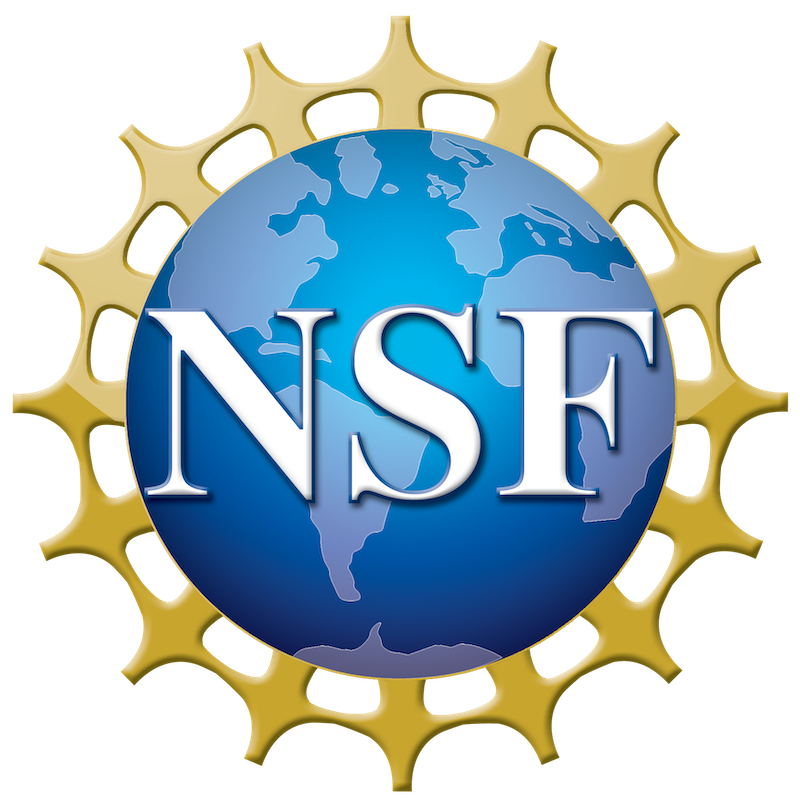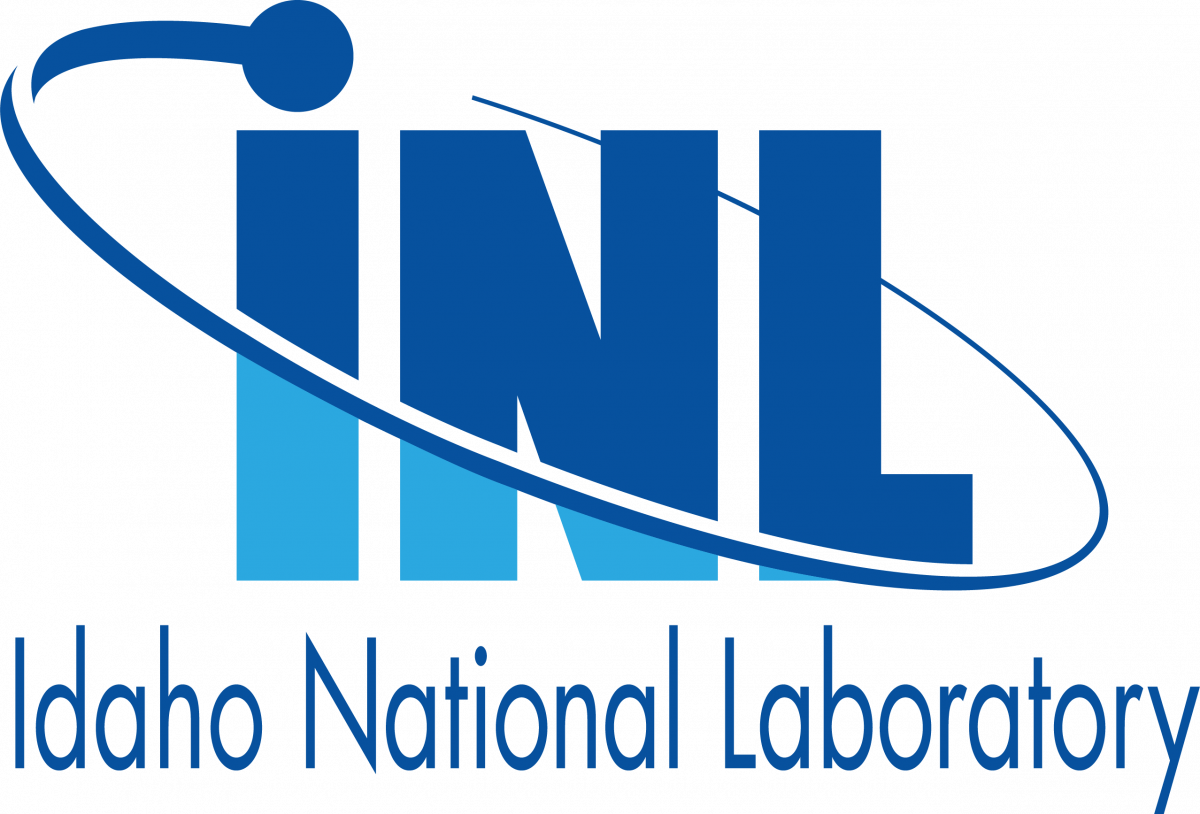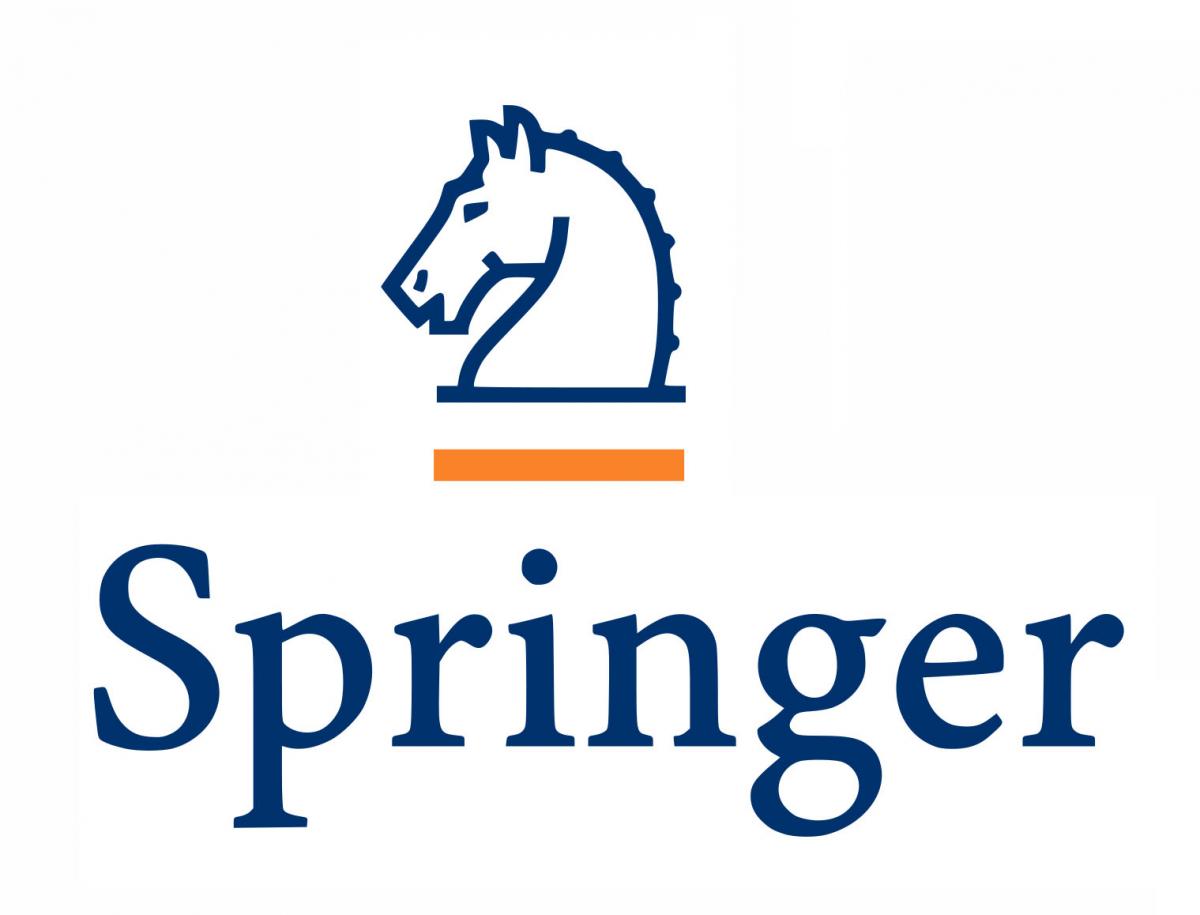Maruti Mudunuru, Pacific Northwest National Laboratory
Kalyana Nakshatrala, University of Houston
Thushara Gunda, Sandia National Laboratory
Leila Hernandez Rodriguez, Lawrence Berkeley National Laboratory
Michelle Newcomer, Lawrence Berkeley National Laboratory
Sam Foreman, Argonne National Laboratory
Bulbul Ahmmed, Los Alamos National Laboratory
Satish Karra, Pacific Northwest National Laboratory
Mahantesh Halappanavar, Pacific Northwest National Laboratory
Subsurface hydrology and earth science systems are complex, comprising many interacting parts. Examples include watershed hydrology, geothermal energy, carbon capture and storage, environmental remediation, hydrogen storage, and real-time sensing. Conventional computational techniques do not offer efficient, sometimes tractable, solutions to address many practical problems arising in the mentioned areas—because of prohibitive computational cost, inability to capture the underlying physics, or incapacity to incorporate available heterogeneous data. The emergence of machine learning provides new opportunities to overcome these inadequacies. The mini-symposium is timely and will serve as a platform for exchanging ideas on machine learning techniques with a focus on subsurface hydrology and earth sciences. Topics of interest may involve, but are not limited to:
- Data-driven proxy models to replace detailed computational models for managing computational costs.
- Efficient model-order reduction methods for systems requiring repeated evaluation of complex time-intensive numerical simulations.
- Machine learning techniques that can identify changes in system response (under uncertainties) from experimental/field data or high-fidelity numerical simulations.
- Inferential procedures for linking models to data evaluate the reliability and performance of complex systems.
- Solution reduction methods and surrogate models for inverse problems like parameter estimation, design optimization, signal detection, and signal discrimination.
- Network analysis and graph-based models for geosciences.











